We may receive a commission when you use our affiliate links. However, this does not impact our recommendations.
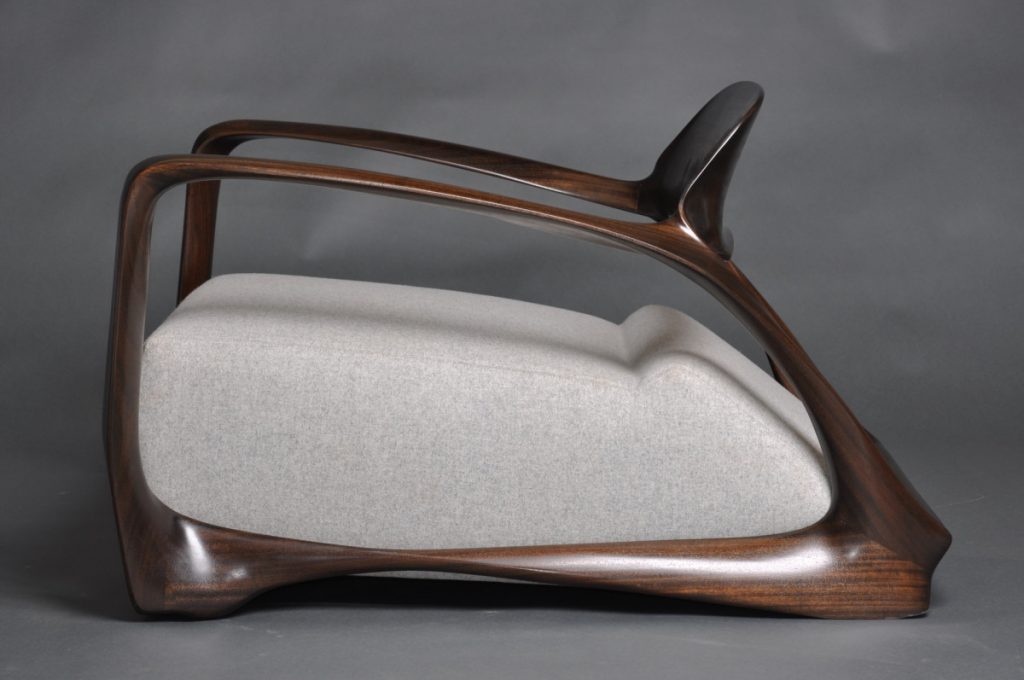
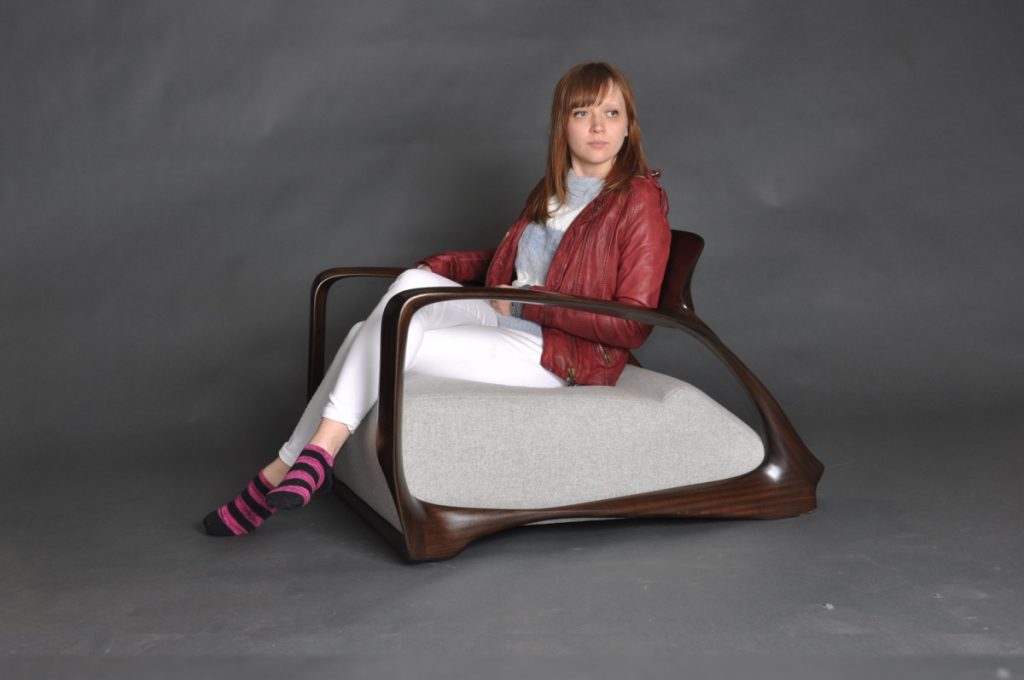
Vlad’s daughter, designer Rita Krasnogorov on one of his newest projects, a splendid looking armchair.
Vladimir Krasnogorov was born and raised in Central Asia and overcame his humble beginnings to become one of the most sophisticated and avant-garde furniture designer-makers of our time. He is a man who can use a pencil, a rasp, and a hand plane with the same level of dexterity as he exercises command over CAD and CNC programming. This is the story of a very talented and humble maker who deserves recognition.
Like many other high school students, Vladimir Krasnogorov (Instagram) had to choose his career trajectory early. Since his school was part of the former Soviet Union educational system, he had to commit to two majors: one was civilian, while the other had to be linked to a military vocation. Vlad chose Masonry and Radar technology, and the fruits of those two branches of knowledge- building and electronic imaging, have informed his career ever since then.

Vlad grew up in the Soviet Republic of Kazakhstan, a frugal and highly regulated society that was part of the old USSR. As a curious teenager, he was eager to learn and explore, especially anything that had to do with technology and engineering. After finishing a compulsory army service in a tank unit, he contemplated if he should venture into the disposition of masonry and succumb to the limited opportunities that his homeland offered, or perhaps he should try something else. Instead, Vlad started working at a company that repaired sophisticated equipment for the printing industry. There he gained training in image and color correctors, 2D design, and proficiency in what was at the time the vanguard of computer technology.
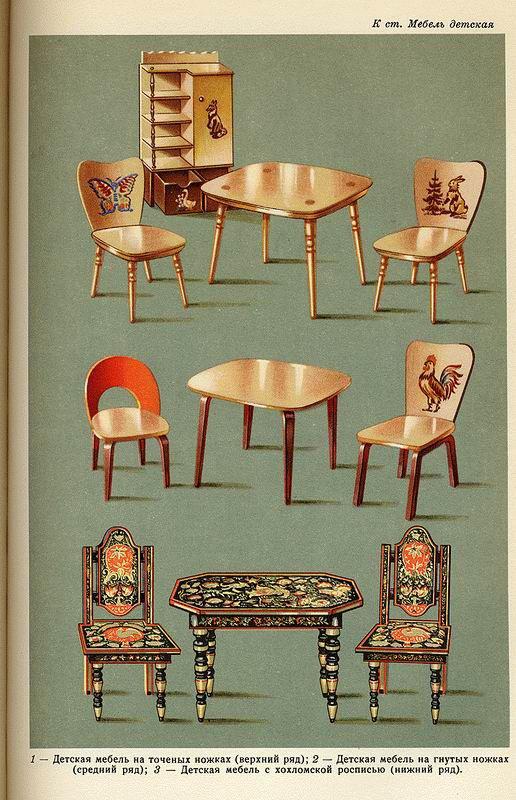
Consumption choices were very limited in the Soviet Union, and products from food to cars to furniture were not always available. Source: FlashBak
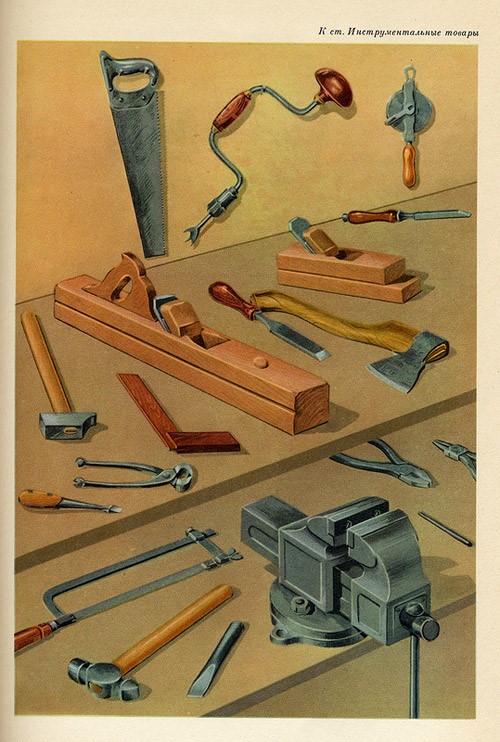
Here is an example of the tool selection from a Commodity Dictionary. Source: FlashBak
Then by luck or fate, he stumbled upon an old German catalog that featured Western designs and a plethora of furniture in styles he had never seen before. The exposure to the catalog ignited his first interest in furniture design, which subsequently pivoted his path towards woodworking.
Unfortunately for the young Vlad, Kazakhstan’s economy was in a state of deprivation. Scarcity was the name of the game and even the most basic of tools were nowhere to found. Not to be deterred, Vlad took a creative approach to solve this problem. Unable to buy a router, he took apart an old vacuum cleaner and used the motor to build a makeshift tool. Having a working router was great, but without bits, it was like having a car without wheels. Luckily for Vlad, he was able to obtain bits via Chinese cross border Uighur traders. The ancient Silk Road that connected East to West passed near his city, the historic capital of the country, Almaty. And while it was no longer used for spices and silk, such as in Marko Polo’s time, it became a lifeline for his countrymen and women who were left alone in the dissolving periphery of the Soviet Empire. So now, equipped with a router and some bits, Vlad could get his ideas rolling and so his march into woodworking began.
As a self-taught and very talented maker, Vlad experimented and tried his best in liberating his creativity by designing and building furniture. However, although the Republic of Kazakhstan tried to shake off the shackles of the old Soviet system and open its aperture to the world, opportunities and liberties were still hard to find and so he decided to take his chances and move to the United States.
Upon arriving in the United States in 2001, Vlad began working for Thomas Newman. In part 2, we will talk about Vlad’s rise to design prominence at Thomas Newman studio in New Jersey.
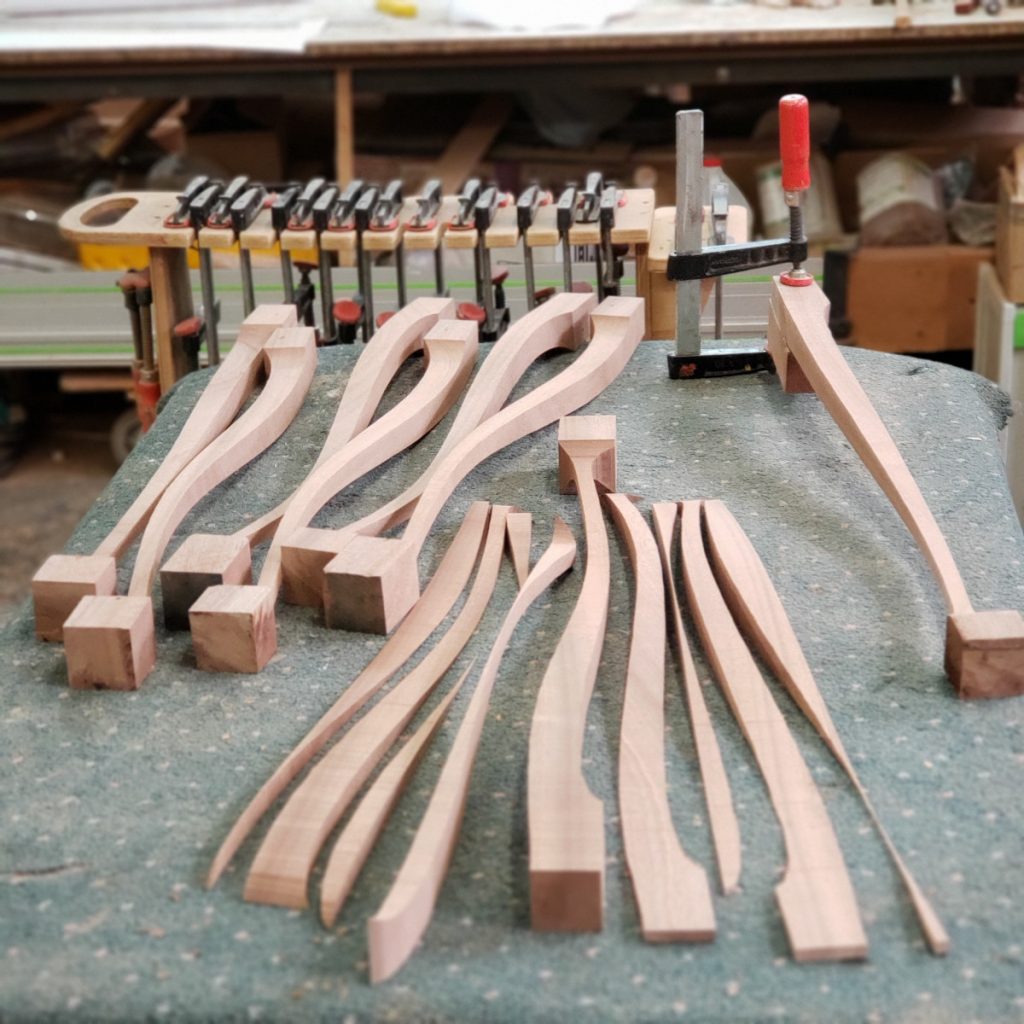
Here is one of the traditional looking designs that Thomas Newman and Vladimir Krasnogorov were commission to reproduced for French American interior designer Guillaume Gentet.
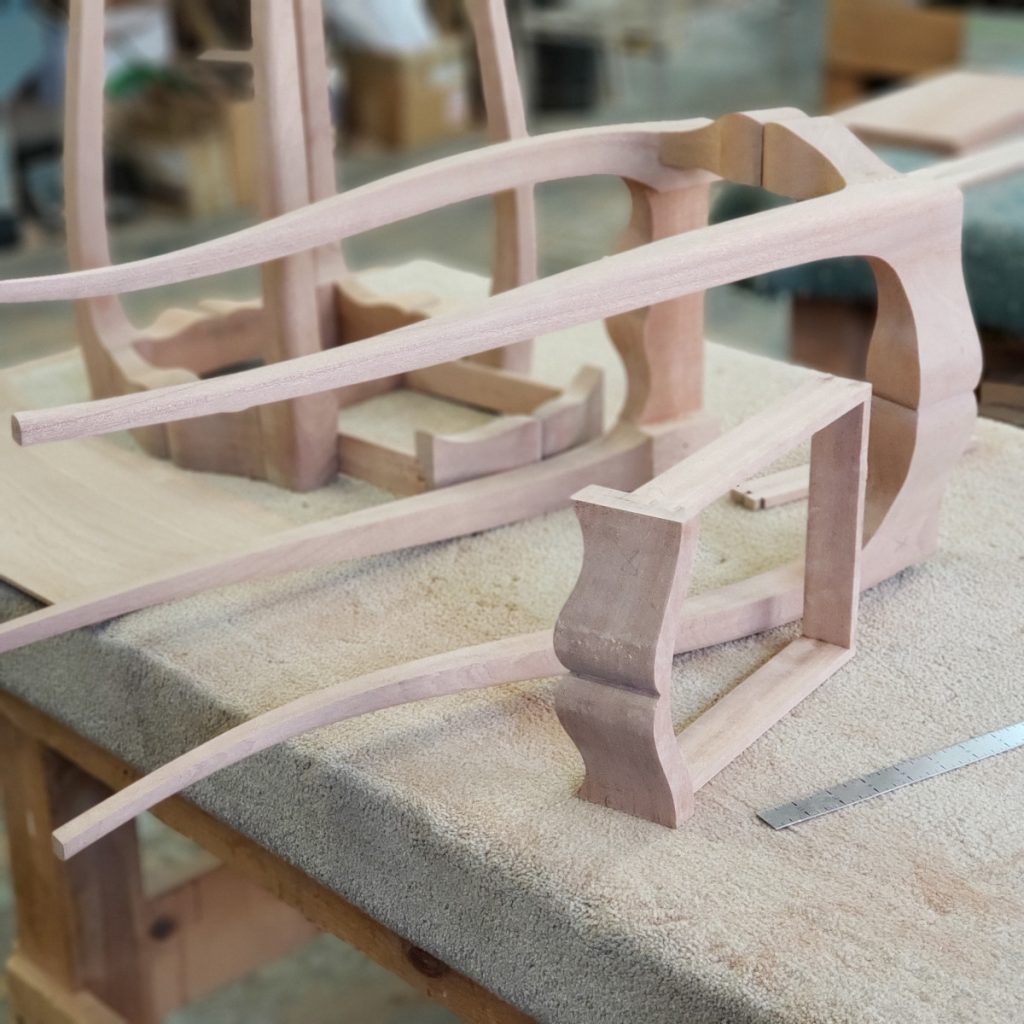
While some of the parts for these elegant tall tables were cut on the bandsaw, others were shaped by a CNC router.
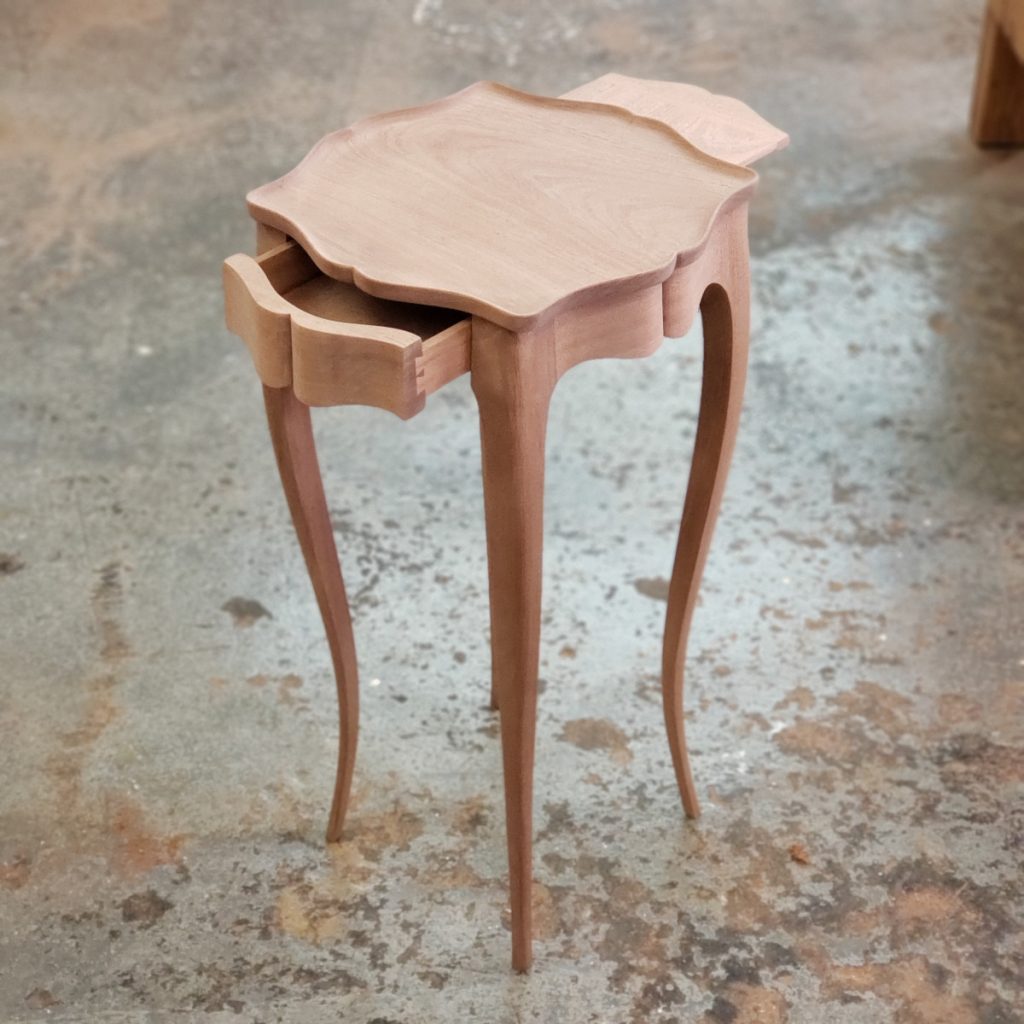
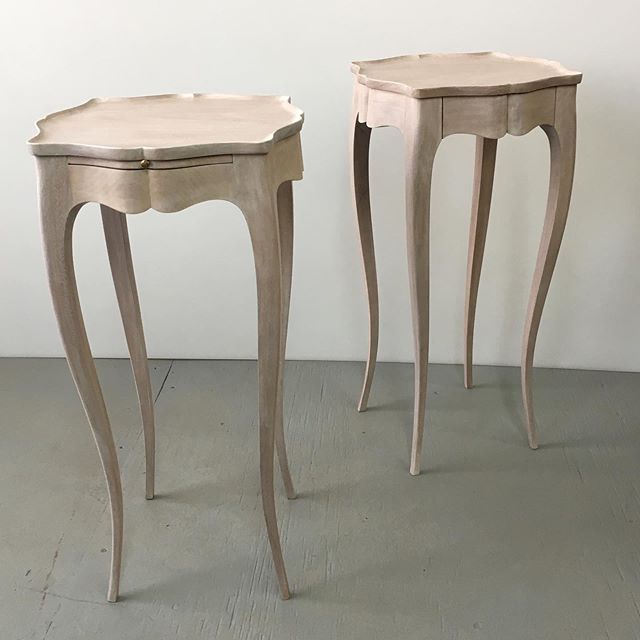
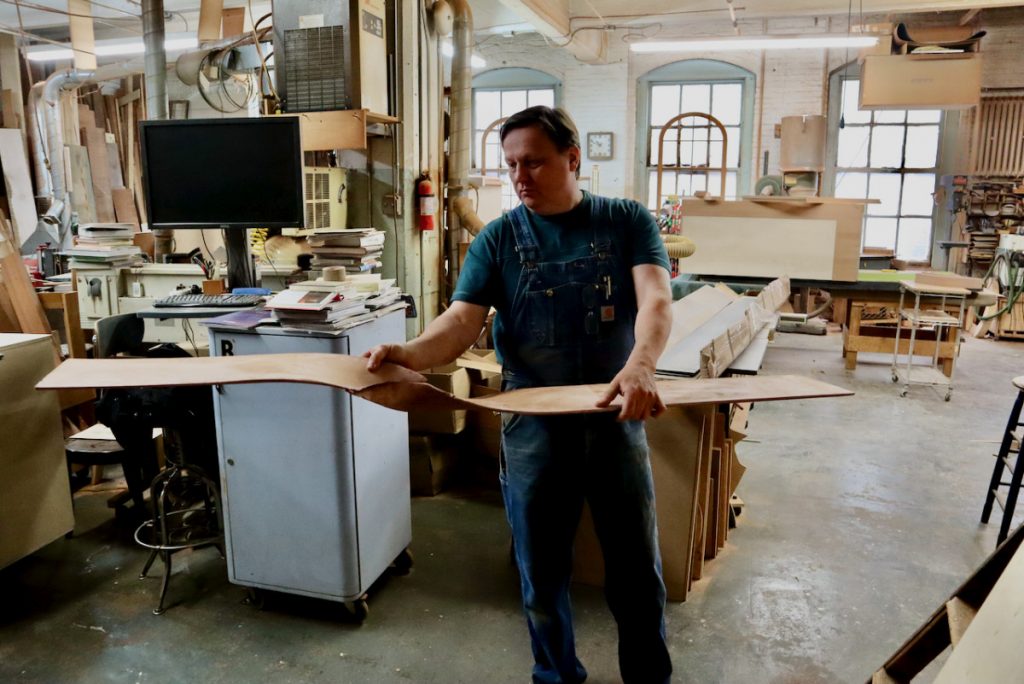
Vlad, with one of his most recent conceptual pieces.
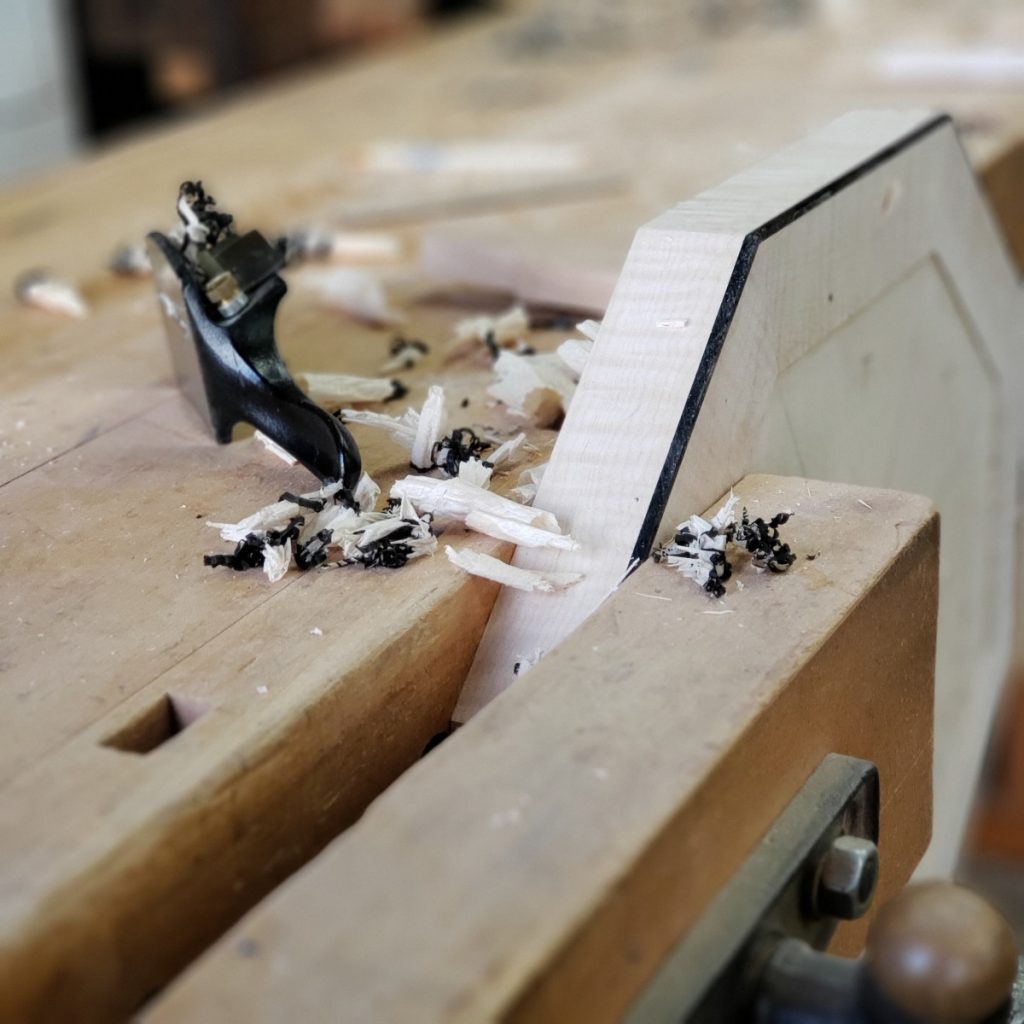
Vlad Krasnogorov, a self-trained artisan, is one of the most capable makers that I have met.
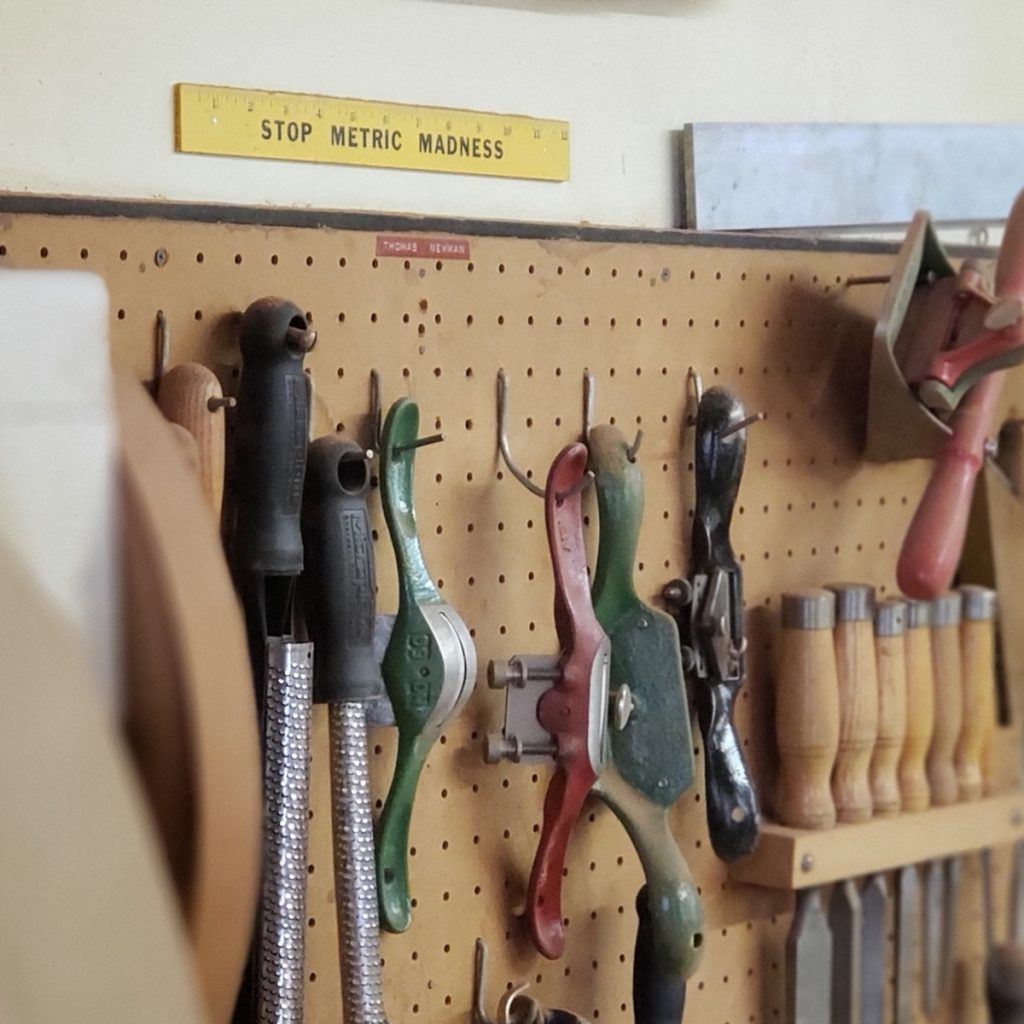
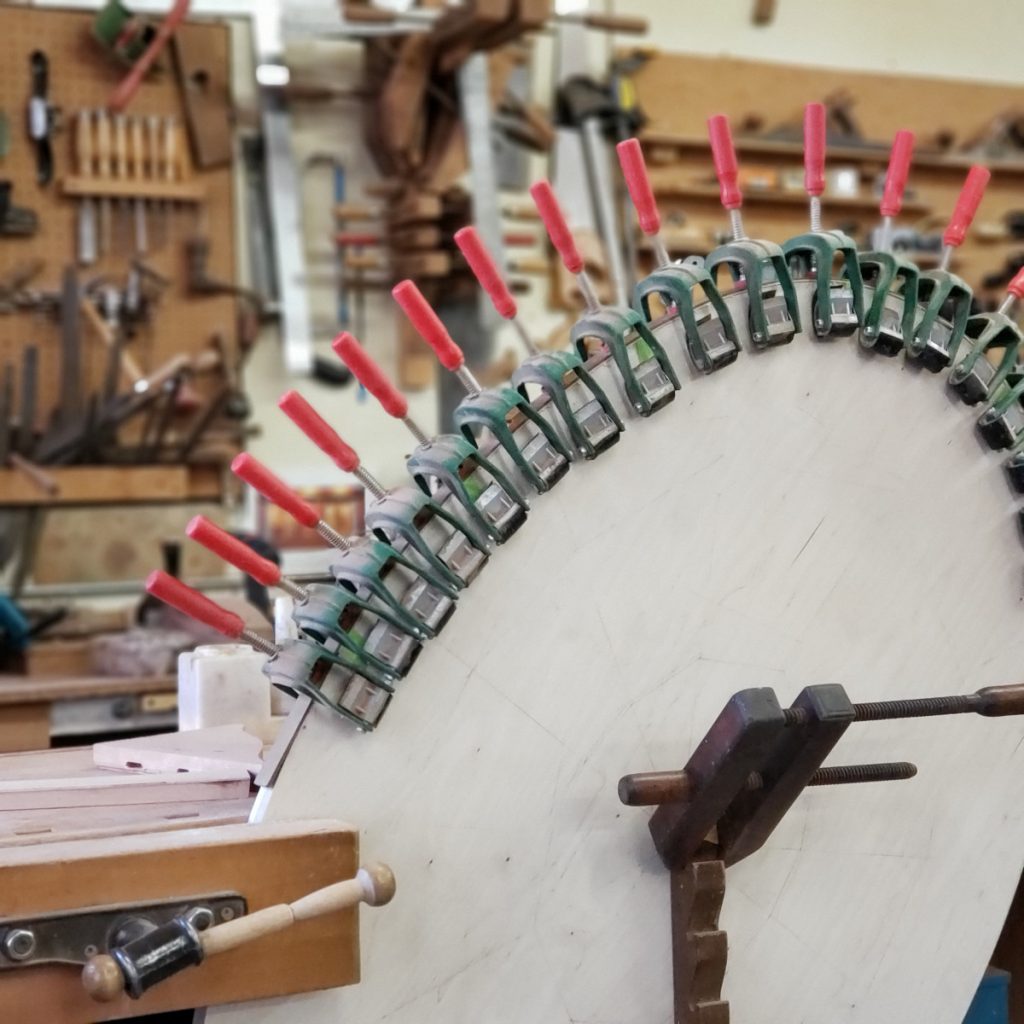
Here are some supplies and tools we find essential in our everyday work around the shop. We may receive a commission from sales referred by our links; however, we have carefully selected these products for their usefulness and quality.








